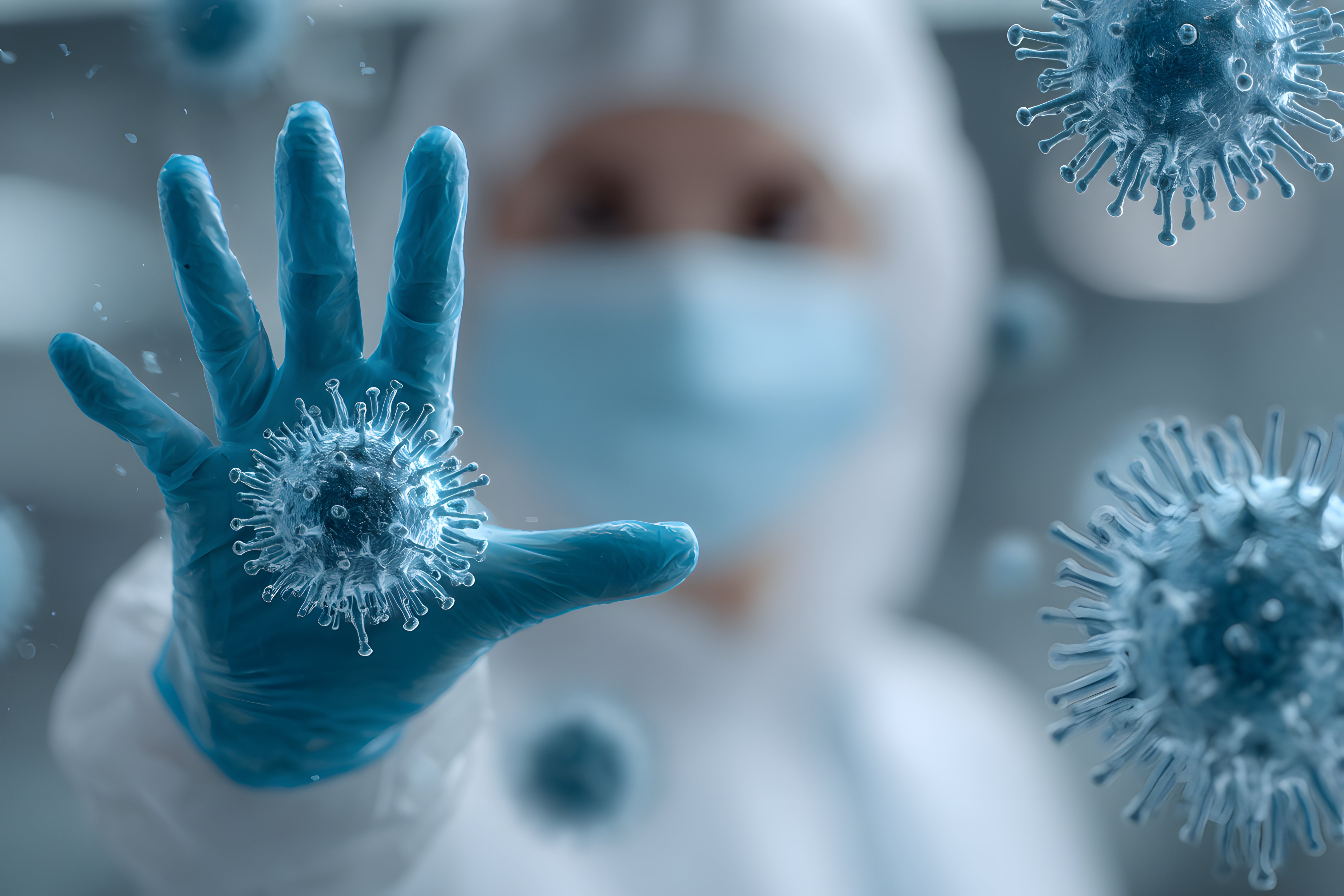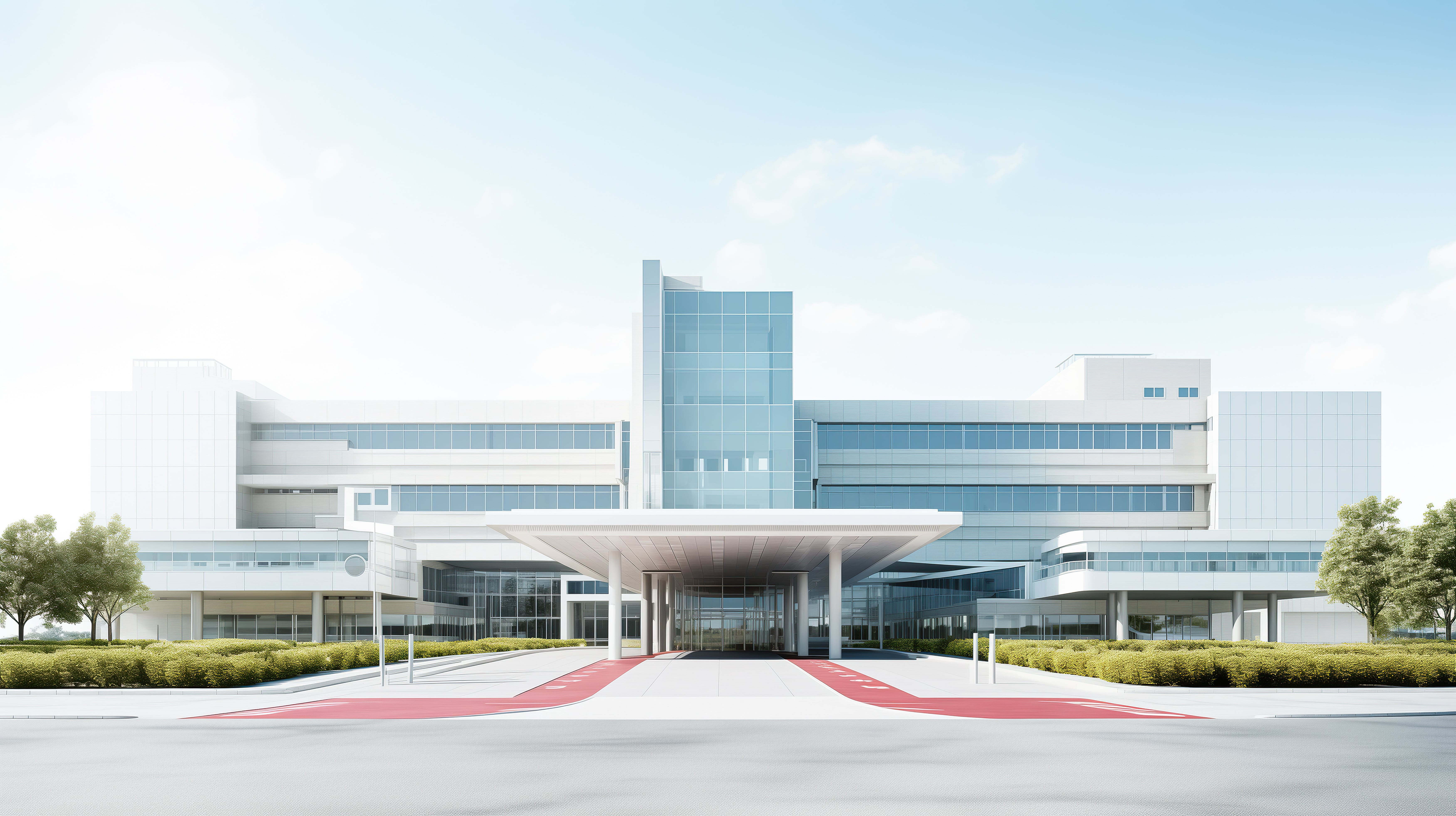Hospitals everywhere are being asked to do more with less. Patient volumes rise, staff shortages persist, and clinical schedules tighten to the point where a single delayed probe can affect an entire morning of procedures. In departments like ICU, Emergency, Radiology, ENT, and OBGYN, where probes are constantly in rotation, the pressure to move quickly is real.
Yet for Infection Prevention teams, speed has always come with a cost. Traditional reprocessing methods force them into a difficult balance: allow clinicians to work quickly, or insist on slower, more controlled workflows to preserve safety and compliance.
This tension has existed for decades.
Validated UV-C disinfection finally changes the equation.
A False Choice: Throughput or Safety
When reprocessing cycles slow down, the consequences ripple across a hospital. Procedures begin running behind, isolation rooms take longer to release, and clinicians start feeling the pressure to “move faster” just to keep the schedule on track. Infection Prevention teams understand exactly what this means: manual steps performed under time pressure introduce variability. We all know that variability is one of the leading contributors to reprocessing failures.
At the same time, slowing down simply isn’t feasible. Staff shortages, rising patient volumes, and tightly packed procedure schedules make extended turnaround times unrealistic for modern clinical environments.
This tension is reflected in the Australian AS 5369:2023 standard, which emphasizes that reprocessing workflows must be “robust, reproducible and validated” to mitigate the risks created by operator-dependent steps and inconsistent conditions.
UV-C provides a much-needed alternative, speed that strengthens safety, not compromises it.
Why Traditional Chemical Workflows Create Bottlenecks
Chemical-based high-level disinfection works, but it is inherently slow and operator-dependent.
A typical cycle involves:
- a soak phase
- a rinse
- a drying process that often exceeds the disinfection time itself
- manual inspection
- and a handwritten or manually entered log
These manual steps are exactly the types of workflow breakdowns identified by The Joint Commission, which notes that inconsistencies in cleaning, disinfection, drying, and documentation remain among the most frequently cited high-risk variability points in device reprocessing.
Drying time alone is a known bottleneck, confirmed in multiple studies on probe reprocessing variability. When staff are rushed, drying is often shortened, a key contributor to noncompliance.
Chemical exposure places additional strain on staff. EU-OSHA’s guidance on dangerous substances in healthcare settings highlights that disinfectants and cleaning agents can lead to respiratory irritation, skin reactions, and sensitization especially when exposure occurs frequently or in enclosed areas.
This is echoed in OSHA’s overview of hazardous chemicals in hospitals, which notes that repeated contact with disinfectants poses occupational health risks ranging from skin irritation to respiratory symptoms
Probe degradation is another concern that grows over time. Certain disinfectants can weaken adhesives, damage probe housings, or reduce transducer performance when used repeatedly, an issue noted in Acertara’s 2023 review of high-level disinfection practices. They describe how “incompatible cleaning and disinfection methods” can lead to physical damage, membrane wear, and eventual imaging deterioration in ultrasound and TEE probes.
Together, these factors demonstrate why chemical-based workflows struggle to keep pace with modern throughput needs and why automated, non-chemical approaches can reduce long-term device risk.
How UV-C Automation Breaks the Throughput Bottleneck
What makes UV-C different is not simply speed, it’s consistent speed, delivered through automation.
A UV Smart D60 or D45 cycle takes minutes, requires no drying time, and removes all operator-dependent steps. Staff load the probe, close the door, press start and every subsequent step is automated.
The new NEN Standard for UV-C disinfection of non-critical and semi-critical medical devices offers a clear validation framework for this automated process.
In Switzerland, the Swiss GPAE explicitly recognizes UV-C as a validated method for channel-less devices.
Within UV Smart’s ecosystem, the science behind this automation is detailed publicly:
UV Smart Clinical Papers.
Digital traceability also eliminates one of IP’s biggest concerns. Automated logs remove missing signatures, illegible handwriting, and inconsistent documentation.
UV Smart explains this in depth in: “From Risk to Readiness: UV-C Disinfection for Seamless Audits”.
With UV-C, through put increases because the variability disappears, not because steps are rushed or skipped.
What Hospitals Experience When UV-C Replaces Bottlenecked Chemical Loops
Hospitals adopting UV Smart repeatedly report the same improvements:
Procedures begin on time because probes are consistently ready. Isolation turnover becomes predictable. Staff feel less pressure and make fewer manual errors. IP departments gain confidence because the system is standardized. Audits become simpler thanks to complete, digital traceability.
Material integrity also improves; UV-C avoids the chemical damage that probe manufacturers, like GE Healthcare, caution against in their IFUs.
Departments with the tightest schedules, OBGYN, ICU, ED, ENT, see the fastest impact.
They no longer build buffer time into schedules “just in case” a probe isn’t dry yet.
The entire system runs more smoothly.
Here we breakdown Why Cleaner Workflows Mean Happier Staff and Safer Patients.
A Practical Path for High-Turnover Departments
Hospitals don’t need to overhaul their system to implement UV-C. Most begin by identifying the probes that create the most daily delays, often TEE or high-rotation channel-less ultrasound probes.
After introducing UV-C disinfection for these probes, bottlenecks disappear almost immediately.
Staff require minimal training because the process is automated. Infection Prevention teams integrate digital logs into existing audit structures. And many sites run UV-C alongside their chemical workflows during the first few weeks, letting the comparison speak for itself.
Hospitals consistently report that UV-C feels safer because it is more controlled, and throughput increases because the slowest steps are removed entirely.
Conclusion
Hospitals finally have a way to move fast without sacrificing safety. UV-C disinfection delivers high-level, validated results in minutes, removing the bottlenecks and risks inherent in chemical workflows. With new frameworks like the NEN standard and Swiss GPAE supporting adoption, Infection Prevention teams gain technology they can trust, while clinicians gain the capacity they urgently need.
Fast, validated, automated.
Throughput without compromise.
Want to test what we said? Schedule a free, no obiligation, two week trial here.








.jpg)
